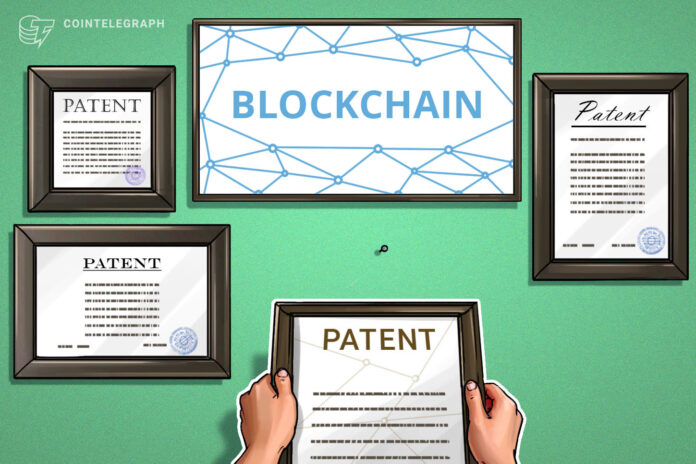[ad_1]
Tatsuaki Okamoto explains why his “electronic cash” patent might have presented an obstacle to Hal Finney in his ambition to create his own electronic currency.
Six key patents
Sometime before Dec. 6, 2004, Hal Finney did a search in a patent database on “blind-signature based cash systems”. On his site he posted a list of six such patents:
“This might be useful for those considering implementing electronic cash.”
Four of the patents are authored by David Chaum, the other two by Okamoto and his colleague at Nippon Telegraph Kazuo Ohta.
Ecash patents by Dr. Okamoto & his Nippon Telegraph colleague Dr. Kazuo Ohta. Source: finney.org (via WayBack Machine)
Okamoto currently serves as director of the Cryptography & Information Security Lab at NTT Research and holds over 100 patents. We asked him to explain why his patent might have presented an obstacle to Hal Finney and other cypherpunks in their ambition of creating a decentralized currency, considering that his patent involves an intermediary.
Okamoto’s ecash & Nakamoto’s Bitcoin
Okamoto kindly prepared diagrams elucidating the differences between the ecash system outlined in his patent and Bitcoin (BTC).

Diagram: Electronic Cash described in Patent 49775595. Source: NTT Research

Diagram: Bitcoin. Source: NTT Research
Both solutions use public keys as pseudonymous identities and private keys to authorize transactions. However, in Okamoto’s proposal, a trusted party varies transactions, whereas Bitcoin is trustless, with all nodes verifying transactions.
Trustless system — no trivial achievement
Considering this key difference, one might ponder — why Finney and other pioneers were so paranoid about patent infringement? One obvious answer is that Satoshi Nakamoto’s Bitcoin proposal was the first successful framework for a trustless electronic cash system. Coming up with it was not a trivial achievement; almost 30 years passed between the introduction of Chaum’s DigiCash and Nakamoto’s Bitcoin.
Did “Okamoto” give ideas to Finney for “Nakamoto?”
Many believe Finney to be Satoshi Nakamoto or at least part of the team that was behind the moniker. Besides his interests, expertise and early Bitcoin involvement, another fact strongly supports this theory — being a neighbor of Dorian Satoshi Nakamoto. Considering that Google cannot return a single query for Satoshi Nakamoto before the Bitcoin proposal was publicized, this coincidence is eerie. If Finney, indeed was behind the pseudonym Satoshi Nakamoto, his familiarity with the works of Tatsuaki Okamoto might have also played a role in the choice of the alias.
Okamoto told Cointelegraph that he was never a part of the famous cryptographic mailing lists and did not know Hal Finney personally.
[ad_2]










